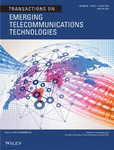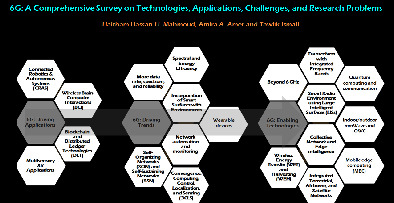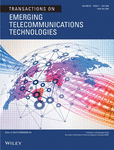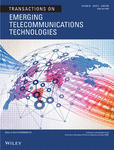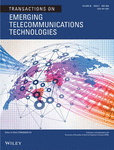Edited By: Changqiao Xu
Transactions on Emerging Telecommunications Technologies journal publishes timely research findings in emerging fields of telecommunications. We welcome papers on topics including 5G, Internet of Things, and wireless and optical communication technologies. Our publication is acknowledged by the Convention of Societies of Electrical Engineers of Europe (EUREL).
Journal Metrics
- 11.1CiteScore
- 2.5Journal Impact Factor
- 6%Acceptance rate
- 26 days Submission to first decision
Transactions on Emerging Telecommunications Technologies (ETT), formerly known as European Transactions on Telecommunications (ETT), has the following aims:
- to attract cutting-edge publications from leading researchers and research groups around the world;
- to become a highly cited source of timely research findings in emerging fields of telecommunications;
- to limit revision and publication cycles to a few months and thus significantly increase attractiveness to publish;
- to become the leading journal for publishing the latest developments in telecommunications.
Read the journal's full aims and scope.
Special Issues
Transactions on Emerging Telecommunications Technologies publishes special issues on the latest research in emerging fields of telecommunications.
Articles
Evolutionary Design of Compact Monopoles Embedded MIMO Antennas With DMS Coupler for Wide/Dual/Triple Band Functionality in 5G Sub‐6 GHz Bands
- 27 July 2025
Graphical Abstract
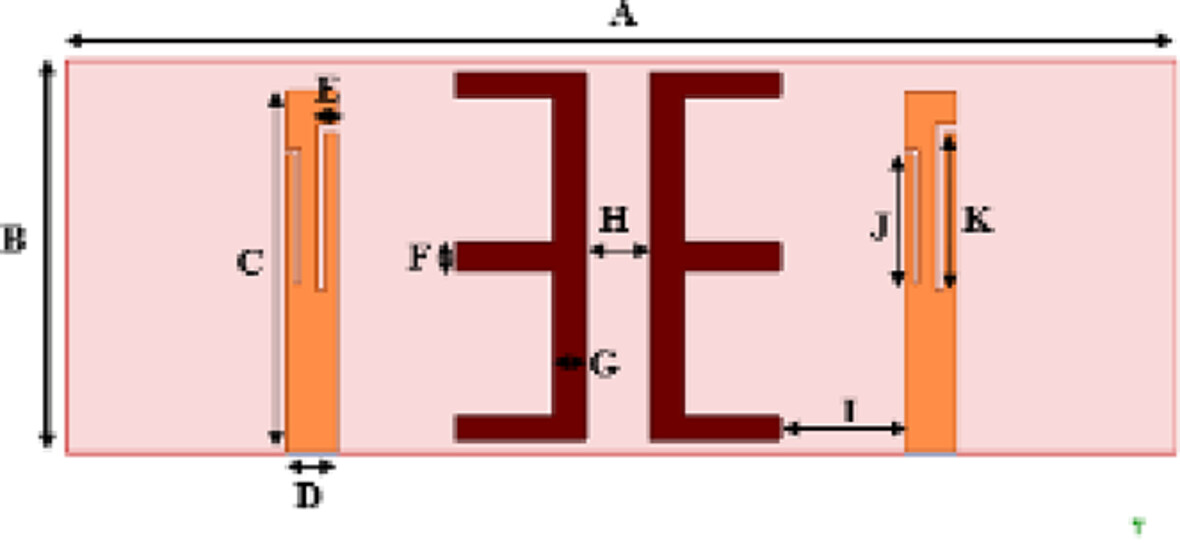
To design a wideband two-port monopole antenna with E-shaped DMS structure and dumbbell-shaped metamaterial to the ground, which helps to improve the bandwidth and gain of the antenna. To design L-shaped slots to the monopole antenna with an E-shaped DMS structure to the antenna design, which helps to attain a dual band. To design two L-shaped slots with an E-shaped DMS structure to obtain a triple band and help enhance the performance of the antenna model.
Correction to “Soft‐Input Soft‐Output Modules for the Construction and Distributed Iterative Decoding of Code Networks”
- 27 July 2025
Multi-Objective Resource Optimization in UAV-Enabled Heterogeneous Cellular Networks Using Serverless Federated Learning and Power-Domain NOMA
- 20 July 2025
Graphical Abstract
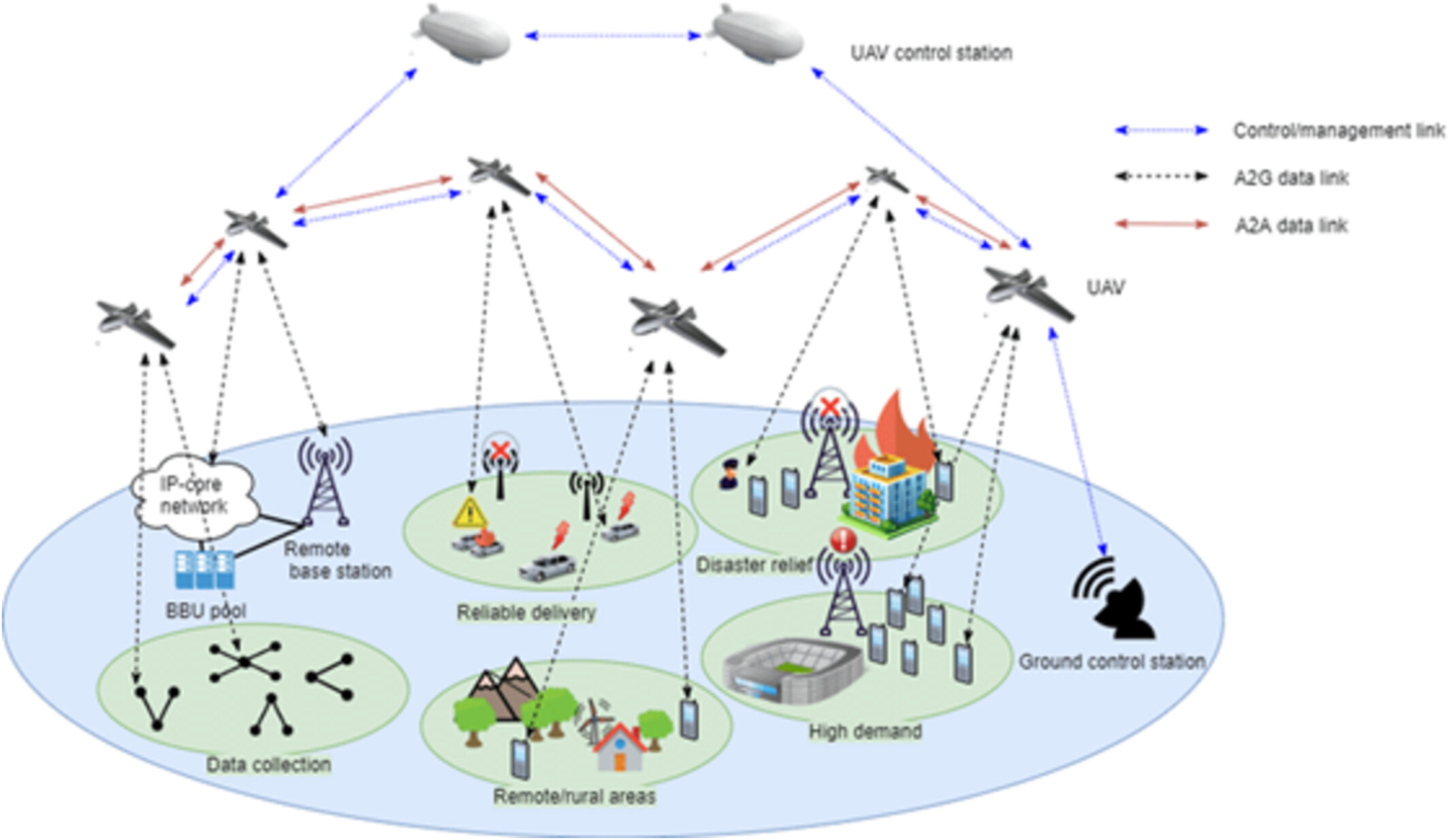
This paper presents an advanced framework for optimizing resource allocation in UAV-enabled heterogeneous networks. Our approach leverages multi-agent deep learning, Intelligent Reflecting Surfaces (IRS), and Non-Orthogonal Multiple Access (NOMA) to maximize energy efficiency, enhance network throughput, and improve overall communication reliability. By incorporating multi-IRS deployment and dynamic UAV trajectory optimization, the system adapts to real-time network demands, providing a robust solution for overcoming challenges such as signal blockages, energy constraints, and non-line-of-sight communication. This work surpasses conventional models by introducing a decentralized learning structure via serverless federated learning and efficient power allocation, offering superior performance in next-generation wireless networks.
Deep Learning With Harmonic Elk Herd Optimization for Spectrum Sensing With Cyclostationary in Cognitive Radio Network
- 20 July 2025
Graphical Abstract
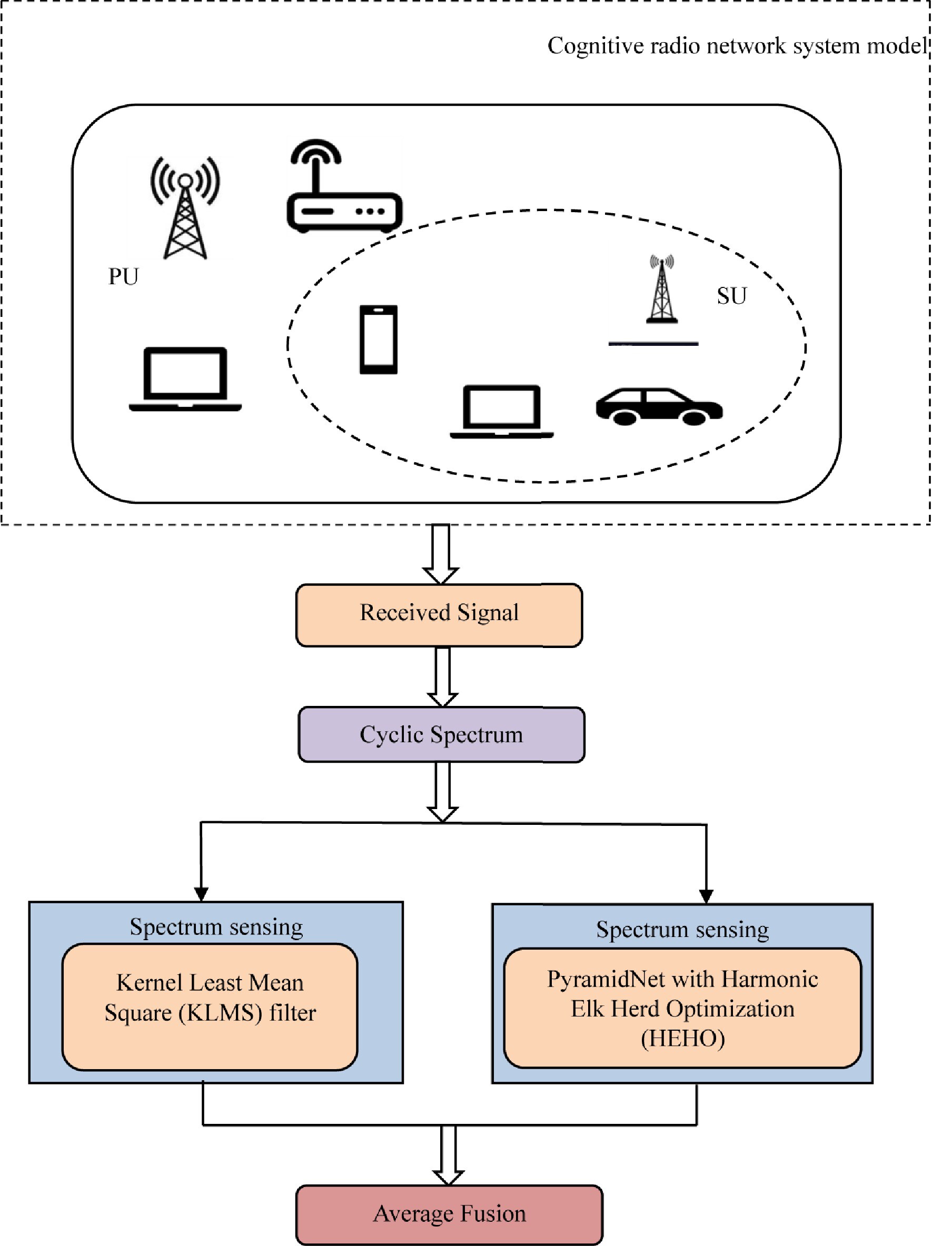
The goal of this research is to present HEHO- PyramidNet+KLMS for spectrum sensing in CR networks. Firstly, the CR network system model is simulated, and the received signal is accumulated. Following this, the cyclic spectrum is extracted from the collected signal. After this, spectrum sensing is carried out by employing the KLMS filter. Simultaneously, spectrum sensing is performed considering the cyclic spectrum by utilizing PyramidNet, which is trained by HEHO. Moreover, HEHO is formed by combining Harmonic analysis and Elk Herd Optimizer (EHO).The spectrum sensing results are subsequently fused using the Average Fusion method.
ASCON-MNASNET: An Effective Data Privacy and Security Framework in Cloud Environment
- 20 July 2025
Graphical Abstract
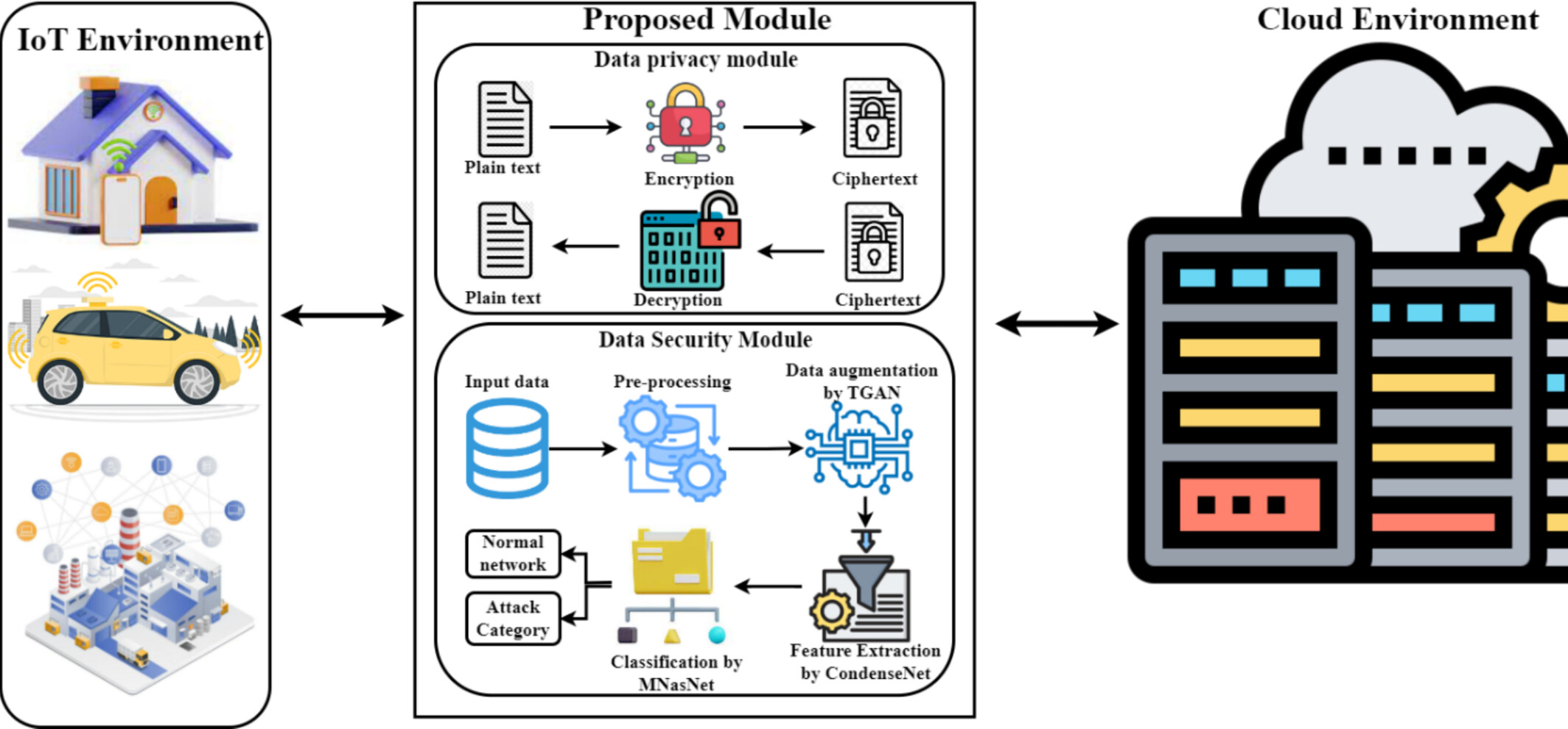
The proposed framework contains two significant modules. They are the Data privacy module and data security module. In the data privacy module, a high-security lightweight encryption technology called ASCON is utilized to encrypt the data from IoT devices before being stored in the cloud data center.
The following is a list of the most cited articles based on citations published in the last three years, according to CrossRef.
Network intrusion detection system: A systematic study of machine learning and deep learning approaches
- 16 October 2020
Graphical Abstract
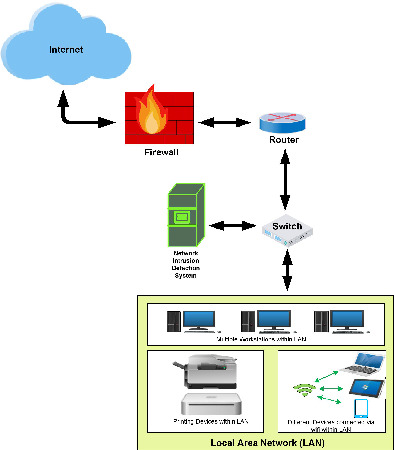
(1) A systematic study is conducted to select recent articles on various ML and DL-based NIDS published during the past 3 years (2017 - April 2020).(2) Extensively discussed various features of papers including proposed methodology, strength, weakness, evaluation metrics, and the used datasets.(3) Based on these observations, recent trends of using AI methods are provided for NIDS, followed by highlighting different challenges in ML/DL-based NIDS and future directions in this important domain.
DL‐IDS: a deep learning–based intrusion detection framework for securing IoT
- 29 November 2019
Graphical Abstract
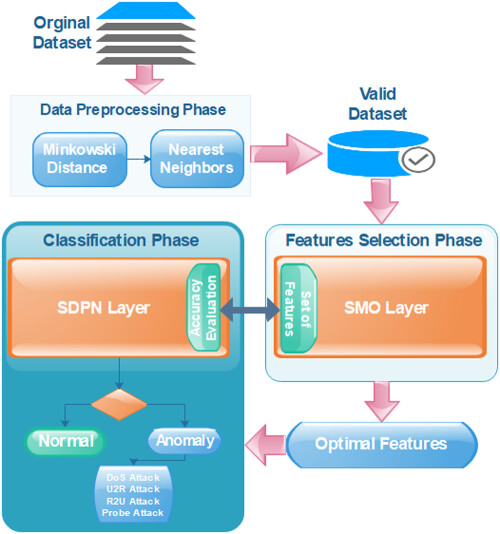
The paper proposes a novel DL-IDS to identify severe anomalies. An SMO algorithm is used to extract the most relevant features from the data set. An SDPN is then applied to identify the optimal features and classify the data as normal or anomalous in different attack categories (eg, DoS, U2R, R2L, and probe). DL-IDS system achieved superior results; in accuracy (99.02%), precision (99.38%), recall (98.91%), and F1-score (99.14%) using the NSL-;KDD data set.
EdgeCloudSim: An environment for performance evaluation of edge computing systems
- 6 August 2018
Graphical Abstract
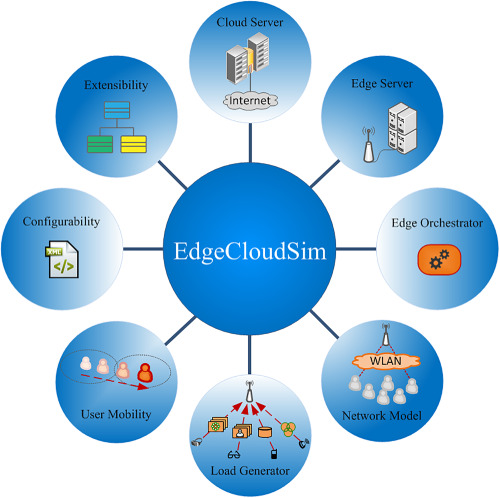
In this paper, a new simulator tool called EdgeCloudSim streamlined for the edge computing scenarios is proposed to decrease the barriers. EdgeCloudSim builds upon CloudSim to address the specific demands of edge computing research and support the necessary functionalities. To demonstrate the capabilities of EdgeCloudSim, an experiment setup based on different edge architectures is simulated.
6G: A comprehensive survey on technologies, applications, challenges, and research problems
- 2 February 2021
Graphical Abstract
Recent issues
- Volume 36, Issue 8August 2025
- Volume 36, Issue 7July 2025
- Volume 36, Issue 6June 2025
- Volume 36, Issue 5May 2025



